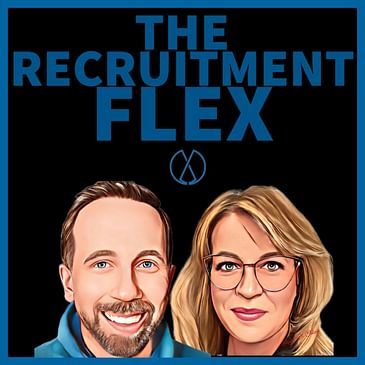This week on TRF we cover:
- Coming to you from Silicon Valley where we were greeted by the CEO of Linked In, Ryan Roslansky.
- Serge killed it on the pickle ball court!
- Tune in May 24 at 2 pm ET as we discuss the agenda for TATech - the speakers and who is the ideal person to attend - hosted by our friend Stephen O'Donnell
IN THE NEWS
- Indeed lays off 1,000 staff
- Canada’s job number for April stay steady
- Foreign student fiasco with 800,000 business students when what we need is healthcare and trades
TIP OF THE WEEK
- Creative thinking for recruiters that want to get off the merry-go round and find work in high demand career paths
RECRUITING INSIGHTS
- When and why is makes sense to Direct Source using an MSP
- Talent acquisition metrics that matter to the CFO
- Hung Lee knowledge drops the most profound explanation of the global talent shortage - our heads nearly explode!


